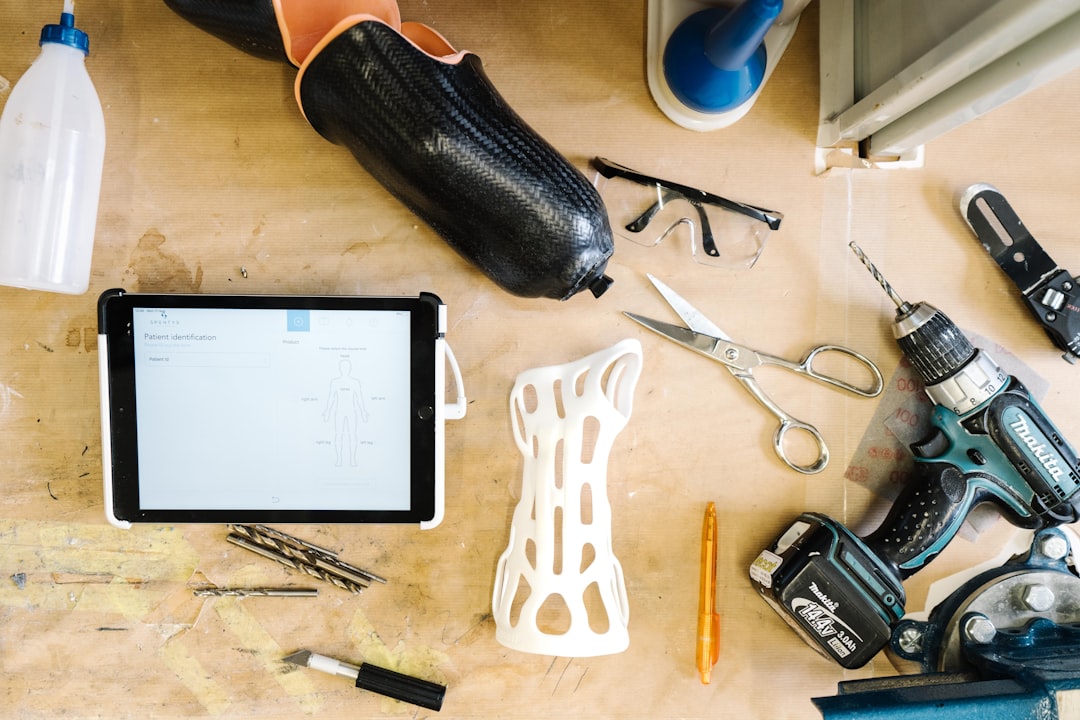What is it about?
This study provides evidence that quality time, words of affirmation, and acts of service received from parents contribute to the resilience of their young adult children. While quality time contributed the most to resilience, a secure attachment is most especially required of fathers whereas words of affirmation and physical touch are needed from mothers. The study also provides information on how fathers and mothers should relate to their sons and daughters to build resilience. Results point to the advantage of having loving parents and a secure parental attachment.
Featured Image
Why is it important?
Most resilience studies cater to children. This study is quite unique as it deals with graduating university students (young adults) and whether their attachment and love received from their parents influence their current resilience. The results show that it does. It also provides insight to fathers and mothers on how best to love and care for sons and daughters.
Perspectives
I am quite happy with the outcome of the research. The correlations of the parental predictors with resilience are both significant and quite substantial. The study also provides insight on the important role of fathers and mothers in facilitating resilience among their sons and daughters. As a simple analogy, the resilience of the person is likened to the quality of dough, the ingredients mixed before being put inside the heat of the oven. To a certain extent, whether the bread will be good or not depends on the ingredients of the dough and how these were mixed. The quality of parent-child relationship is like the "ingredients and mixture process" which could determine their resilience when they encounter difficulties.
Professor Sally I. Maximo
Saint Louis University, Baguio City
Read the Original
This page is a summary of: Parental Attachment and Love Language as Determinants of Resilience Among Graduating University Students, SAGE Open, January 2016, SAGE Publications,
DOI: 10.1177/2158244015622800.
You can read the full text:
Contributors
The following have contributed to this page










